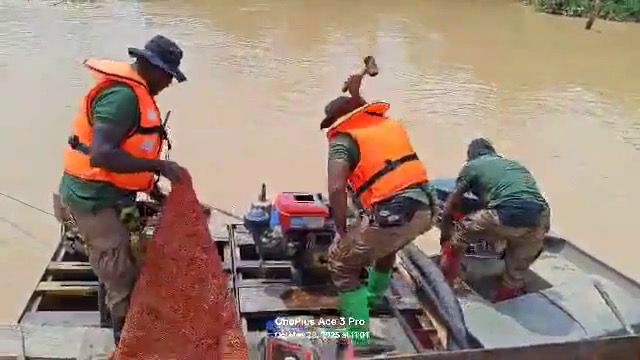Copyright startribune

Opinion editor’s note: Strib Voices publishes a mix of commentary online and in print each day. To contribute, click here. In January 1913, workmen expanded the basement of a 900-seat downtown theater in Hibbing, Minn., to build an ornate smoking lounge for a higher class of patrons. Twelve feet down, their shovels struck a soft, dark material that resembled the rich hematite iron ore being mined half a mile away. The proprietor, a raconteur named W.J. Power, desperately wanted to save vaudeville from the scourge of motion pictures. But he was also a longtime mining speculator. He knew what he saw. With his theatrical investment in mind, he told the Hibbing Daily Tribune that rumors were overblown, that they only found “discolored quicksand.” By summer, the dazzling Power Theater re-opened with a nationally celebrated Catholic boys choir singing in front of a full orchestra. And yet, within just five years, the theater was demolished. U.S. Steel had quietly secured the mineral rights years earlier. When World War I depleted existing reserves, the company cleared Hibbing’s entire business district and moved the town 2 miles south to create the world’s largest iron mine. No one could have stopped what was coming out of that mine, for what emerged was the primal steel of modern America. From this yawning canyon spewed the richest economy on Earth and decisive victory in World War II. The disruption was undeniable, but the spoils irresistible to a nation hell-bent on progress. Iron Range communities would remain dependent on mining revenue for generations unto the present. Today, Hibbing Taconite still blasts where the old town once stood, but the mine is poised to run out of ore within a few years. Over a century, automation, consolidation and bigger equipment eliminated thousands of mining jobs, with autonomous trucks idling on the distant horizon. Last May, Cleveland-Cliffs laid off 630 workers in Hibbing and Virginia, Minn., with only dim prospects of a callback. Locals fear another industry contraction. At the same time, Cliffs recently announced it would explore rare earth elements at two of its mines. Critical mineral mining proposals dot northern Minnesota’s landscape — notably, New Range Minerals in Hoyt Lakes and Twin Metals in Ely — each attracting environmental scrutiny and political heat.



